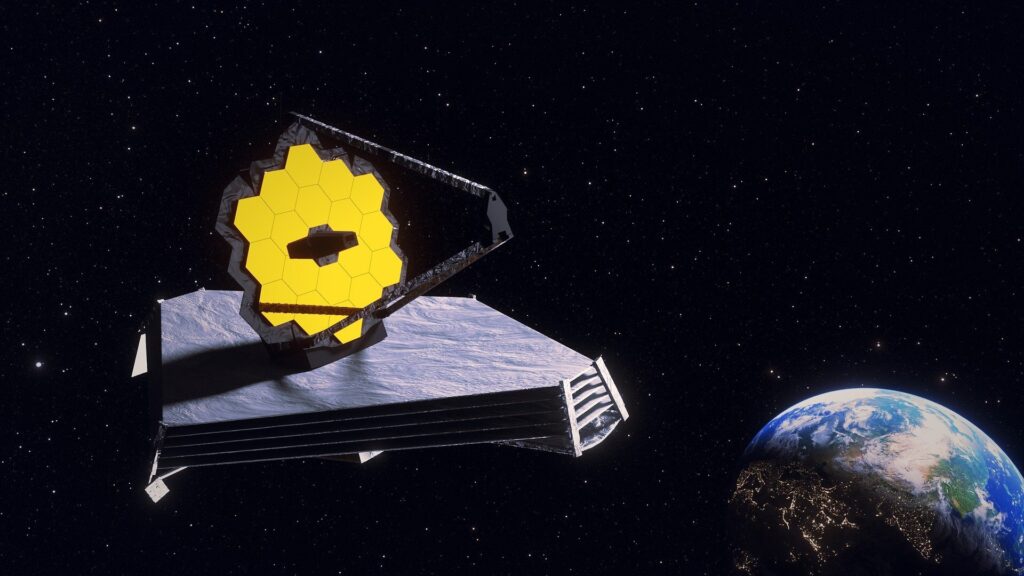
CHICAGO – The James Webb Space Telescope, a marvel of modern astronomy parked a million miles away in space, faces an existential threat as political winds shift in Washington.
Immediate Impact
Since its launch, the $10 billion James Webb Space Telescope has revolutionized our understanding of the universe. In just under three years, “Webb” has provided unprecedented insights into the formation of stars and galaxies and the atmospheres of distant planets. Yet, the specter of budget cuts looms large, threatening to shutter this groundbreaking mission.
Key Details Emerge
The Trump administration has proposed significant budget reductions for NASA, targeting a nearly 50% cut to the Science Mission Directorate, which oversees critical astrophysics research. This move could jeopardize the operations of both the Webb and the aging Hubble Space Telescope.
50% budget cut proposed for NASA’s Science Mission Directorate.
Industry Response
The scientific community is sounding alarms. Daniel Holz, an astrophysicist at the University of Chicago, warned, “Without a critical mass of scientists, the science from these instruments stops. It’s just not viable if these cuts go through anywhere near what’s proposed.”
Background Context
The proposed cuts are part of a broader strategy by the Trump administration to exert control over federal agencies and research institutions. This includes pressuring universities and threatening long-term studies with funding cuts. Critics argue these actions are designed to suppress inconvenient scientific truths, such as those related to climate change and public health.
By the Numbers
1 million miles: Distance of Webb Telescope from Earth.
340 miles: Current orbit altitude of Hubble Space Telescope.
Expert Analysis
Holz, who also heads the Science and Security Board at the Bulletin of Atomic Scientists, noted the broader implications of these cuts. “The Doomsday Clock, which symbolizes the likelihood of a man-made global catastrophe, is at its closest point to midnight in history. The administration’s actions are alarming, not just for space research, but for global security.”
What Comes Next
If the proposed budget cuts proceed, the implications could be dire. The U.S. risks losing its competitive edge in science and technology to global rivals like China and Europe, who are aggressively investing in research and development.
89 seconds: Current setting of the Doomsday Clock, the closest to midnight in its 80-year history.
Regional Implications
For Chicago and other hubs of scientific research, the cuts could lead to a brain drain, as top scientists may seek opportunities abroad where research is better funded and supported.
Timeline of Events
2020: Trump administration proposes budget cuts.
2021: Potential impacts on NASA’s missions and staffing.
As the situation develops, the scientific community and concerned citizens alike will be watching closely. The fate of the Webb Telescope and other critical research initiatives hangs in the balance, with profound implications for our understanding of the universe and our place within it.





